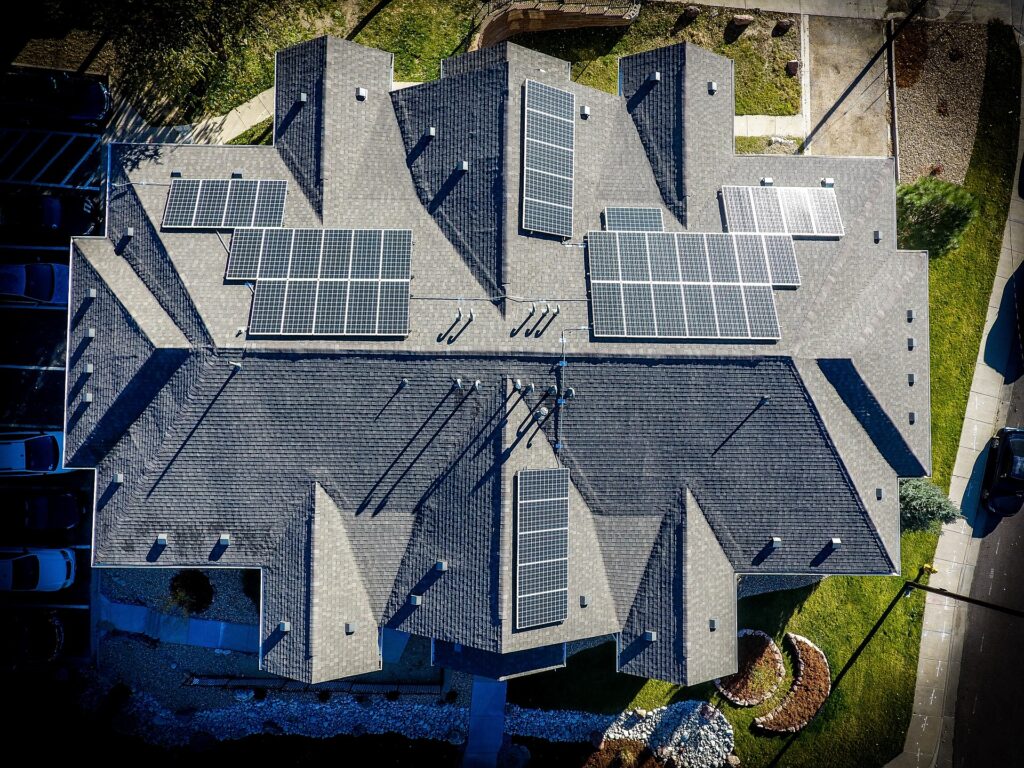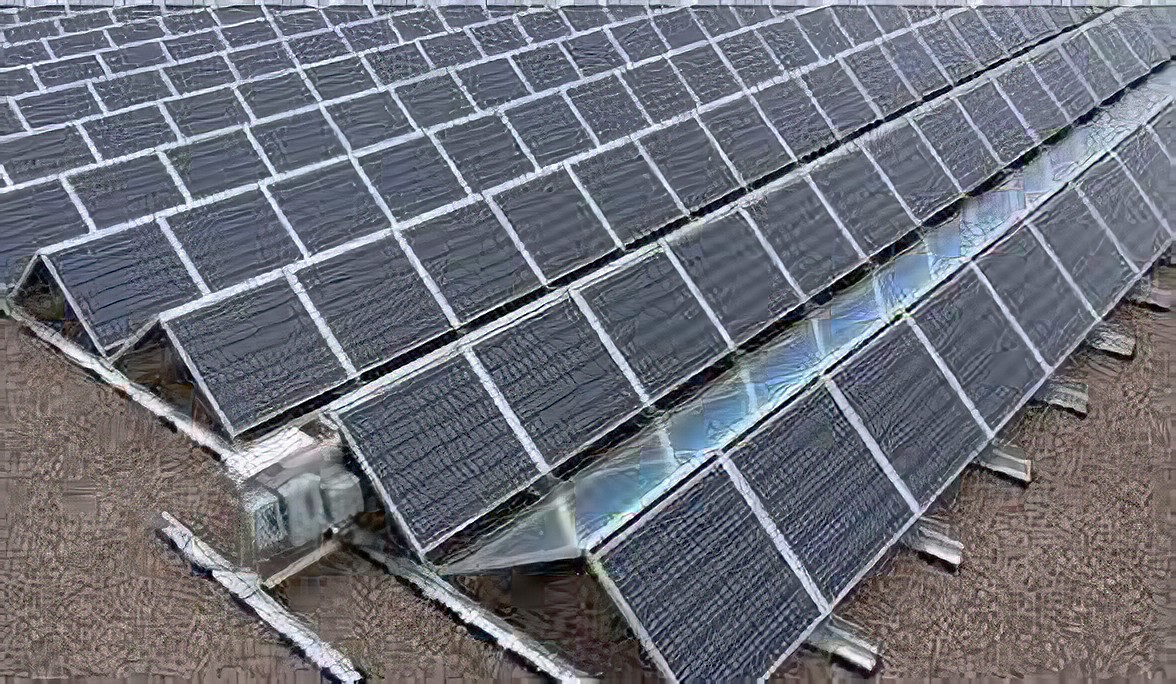Increasing solar panel efficiency can be achieved by using mirrors to redirect and concentrate sunlight, resulting in higher energy production. This method enhances the overall performance of solar panels and improves their effectiveness in converting sunlight into usable electricity.

The use of mirrors to increase solar panel efficiency is a widely adopted practice in the renewable energy industry. By reflecting sunlight onto solar panels, mirrors can effectively increase the amount of sunlight that reaches the panels, thereby maximizing electricity generation.
This technique, known as concentrated solar power (CSP), utilizes the reflective properties of mirrors to concentrate sunlight onto a central receiver, which then converts it into heat or electrical energy. This approach not only harnesses a greater amount of sunlight but also reduces the number of solar cells needed, making it a cost-effective solution for increasing solar panel efficiency. Furthermore, the use of mirrors can be combined with tracking systems to ensure optimal alignment with the sun throughout the day, further enhancing the energy output of solar panels.
Increasing solar panel efficiency with mirrors, also known as concentrator photovoltaics (CPV), is a technique used to enhance the amount of sunlight captured by solar cells. Here’s how it works and its potential benefits:
How It Works:
- Concentrating Sunlight: Mirrors or lenses are used to focus sunlight onto a smaller area of solar cells, effectively increasing the intensity of light reaching the cells.
- Enhancing Photovoltaic Conversion: The concentrated sunlight generates higher temperatures and greater photon flux, which can improve the performance of photovoltaic materials, such as silicon or gallium arsenide.
- Multi-Junction Solar Cells: CPV systems often employ multi-junction solar cells, which consist of multiple semiconductor layers tuned to absorb different wavelengths of sunlight. This allows them to achieve higher conversion efficiencies than traditional silicon-based cells.
- Tracking Systems: CPV systems may incorporate solar tracking mechanisms to follow the sun’s path throughout the day, optimizing the angle of incidence for maximum sunlight capture.
Potential Benefits:
- Increased Efficiency: By concentrating sunlight onto smaller solar cell areas, CPV systems can achieve higher conversion efficiencies compared to conventional photovoltaic technologies.
- Reduced Material Costs: Because CPV systems use smaller solar cell areas, they require less semiconductor material, potentially reducing manufacturing costs per watt of electricity generated.
- Space Efficiency: CPV systems can generate more power per unit area compared to traditional solar panels, making them suitable for applications where space is limited, such as rooftop installations or solar farms.
- Performance in High Sunlight Conditions: CPV systems are well-suited for regions with high direct sunlight, such as deserts, where they can achieve optimal performance and maximize energy production.
- Complementary Technology: CPV can be integrated with other solar technologies, such as concentrating solar power (CSP) systems, to provide both electricity generation and thermal energy for applications like solar heating or desalination.
Challenges and Considerations:
- Complexity and Cost: CPV systems require precise optical components, tracking mechanisms, and sophisticated control systems, which can increase upfront costs and complexity compared to traditional solar panels.
- Reliability and Durability: Concentrating sunlight onto solar cells can generate higher temperatures, potentially leading to thermal stress and degradation over time. Ensuring the reliability and long-term durability of CPV systems is essential for their practical deployment.
- Environmental Impact: Like all solar technologies, CPV systems have environmental considerations, such as the energy and materials required for manufacturing, installation, and end-of-life disposal. Lifecycle assessments are necessary to evaluate their overall environmental footprint.
- Site-Specific Considerations: CPV systems are most effective in regions with high direct sunlight and clear skies. Site selection and system design must account for factors such as shading, cloud cover, and atmospheric conditions to optimize performance.

Credit: www.pv-magazine.com
increasing solar panel efficiency with mirrors offers a promising approach to maximizing the energy output of photovoltaic systems. While CPV technology presents unique challenges and considerations, ongoing research and development efforts aim to overcome these barriers and unlock the full potential of concentrated solar power for sustainable energy generation.

Credit: geo-dome.co.uk
Frequently Asked Questions For Increasing Solar Panel Efficiency With Mirrors
How Do Mirrors Increase Solar Panel Efficiency?
Mirrors increase solar panel efficiency by reflecting and redirecting sunlight onto the panels, maximizing energy capture.
What Are The Benefits Of Using Mirrors With Solar Panels?
Using mirrors with solar panels enhances energy production, reduces the required panel area, and optimizes power output, resulting in cost savings.
Are There Any Challenges In Implementing Mirrors With Solar Panels?
Challenges include precise angle placement to ensure proper reflection, maintenance to avoid dust accumulation, and increased installation complexity.
Conclusion
Incorporating mirrors to increase solar panel efficiency is an innovative approach that can significantly improve energy production. By harnessing the power of reflection, solar panels can generate more electricity without needing additional space. This technique opens up new possibilities for renewable energy solutions, making solar power more accessible and efficient for a sustainable future.